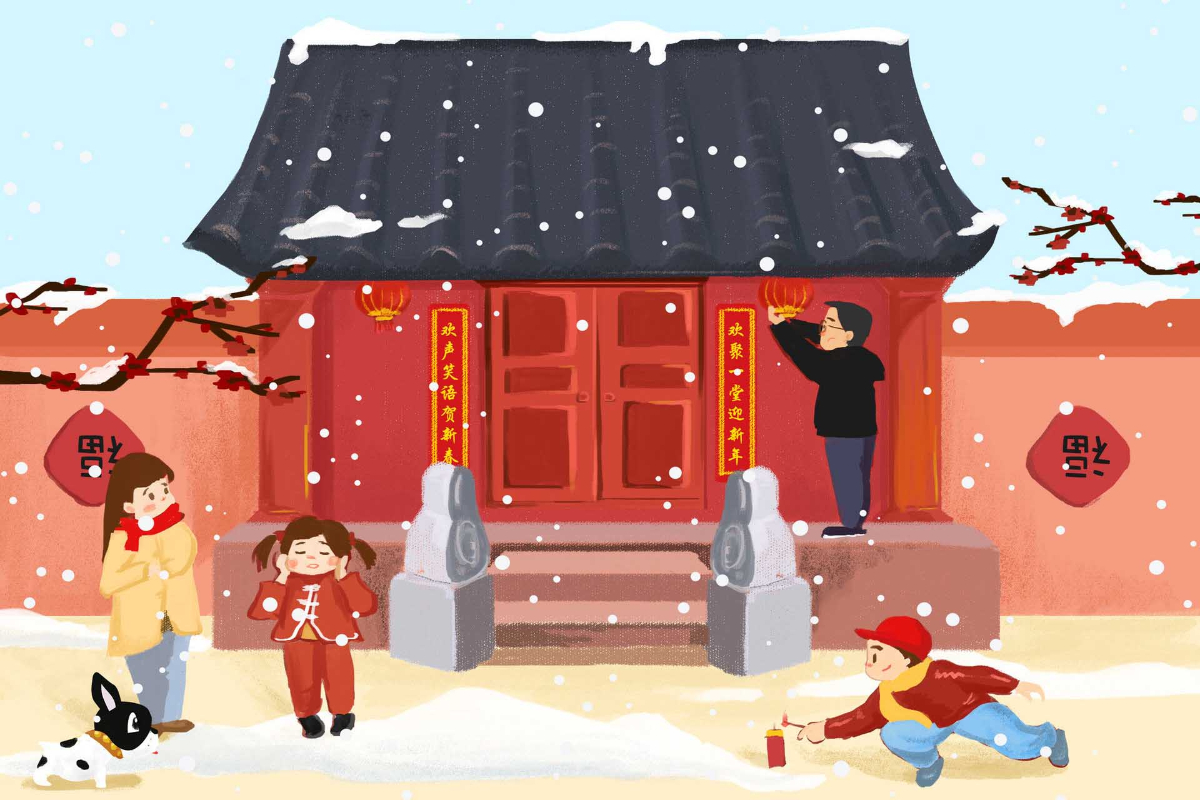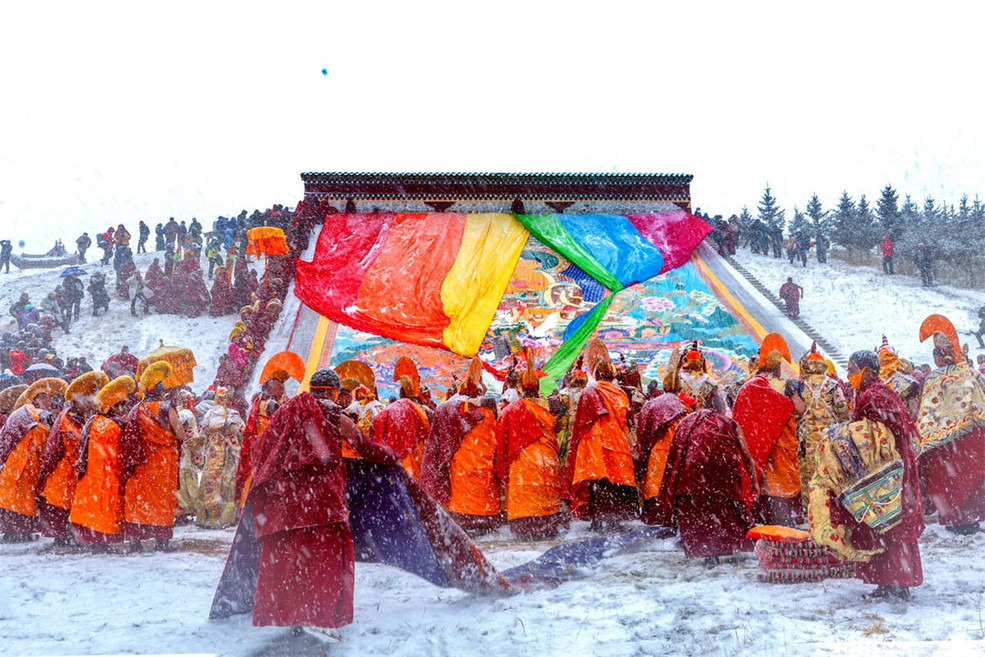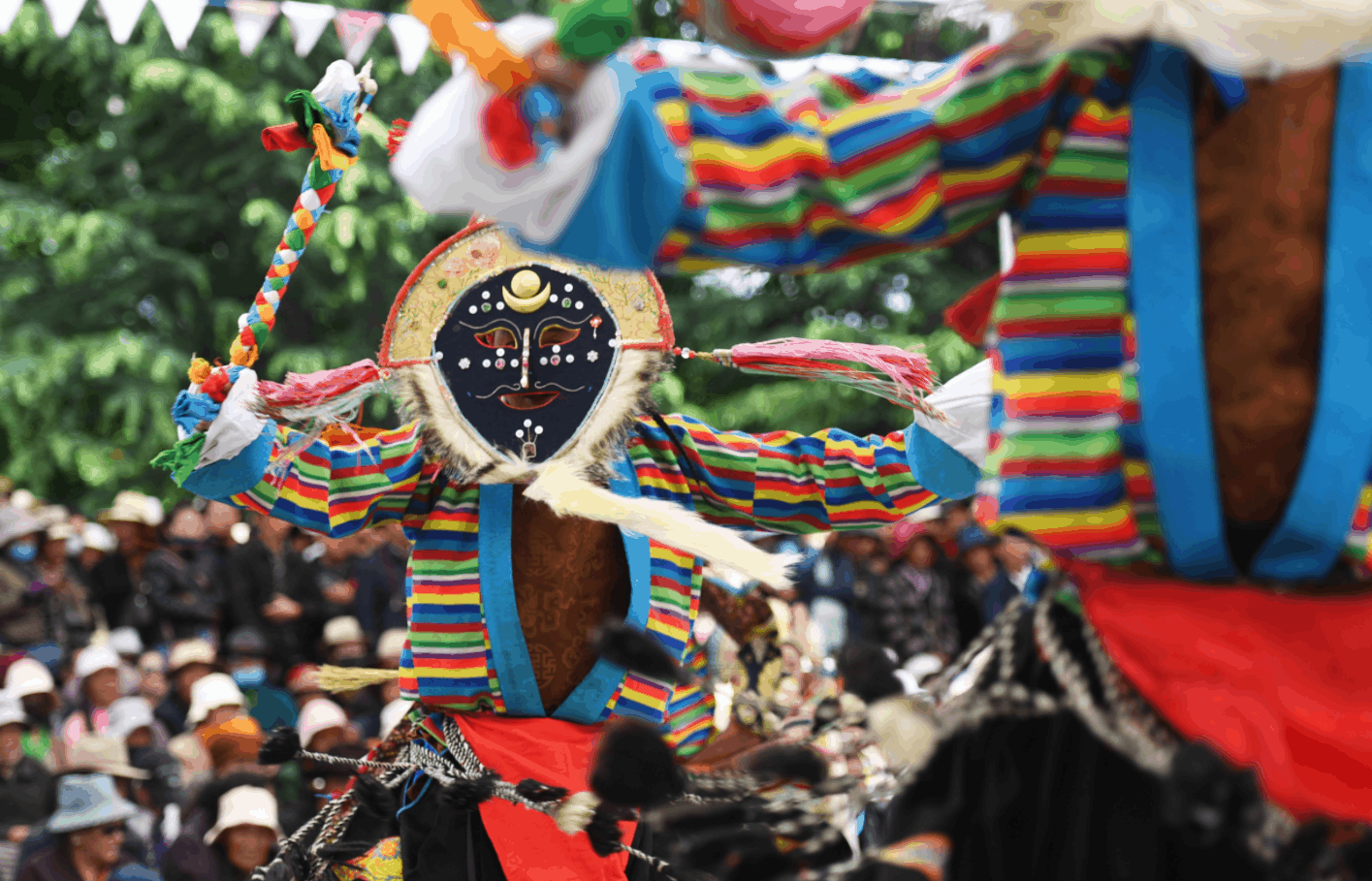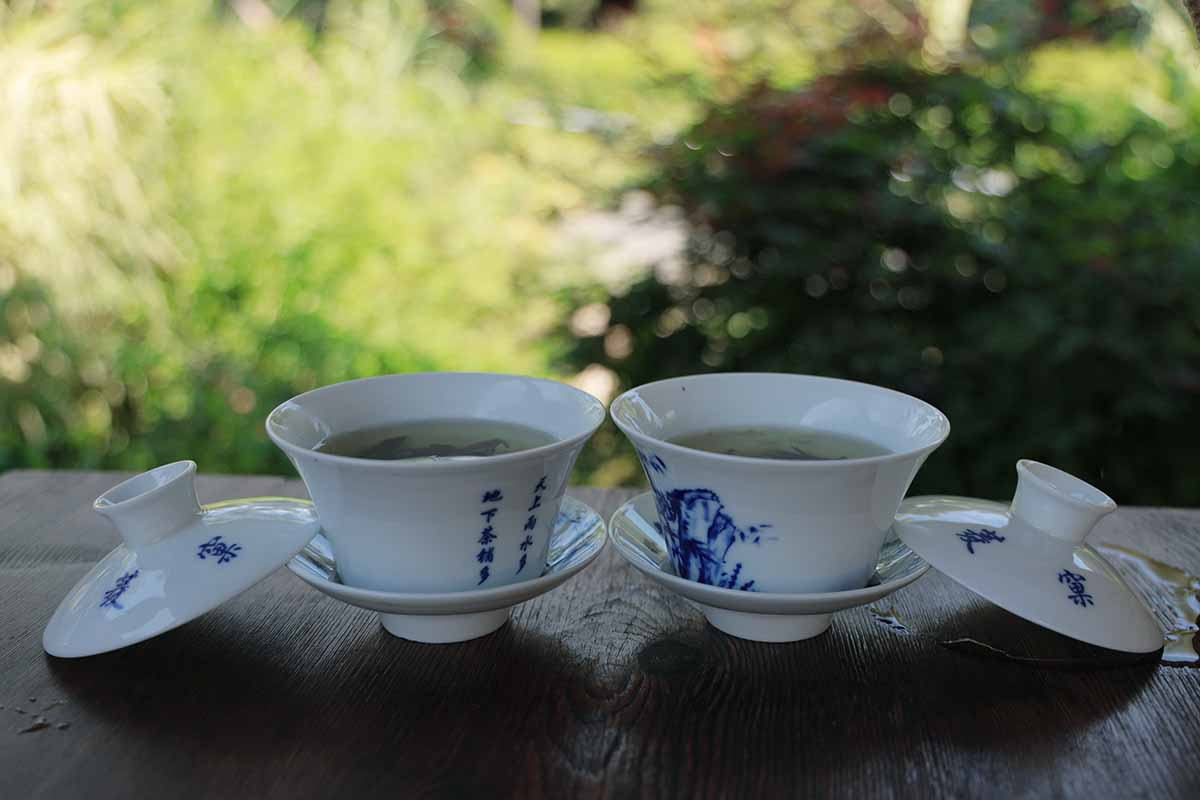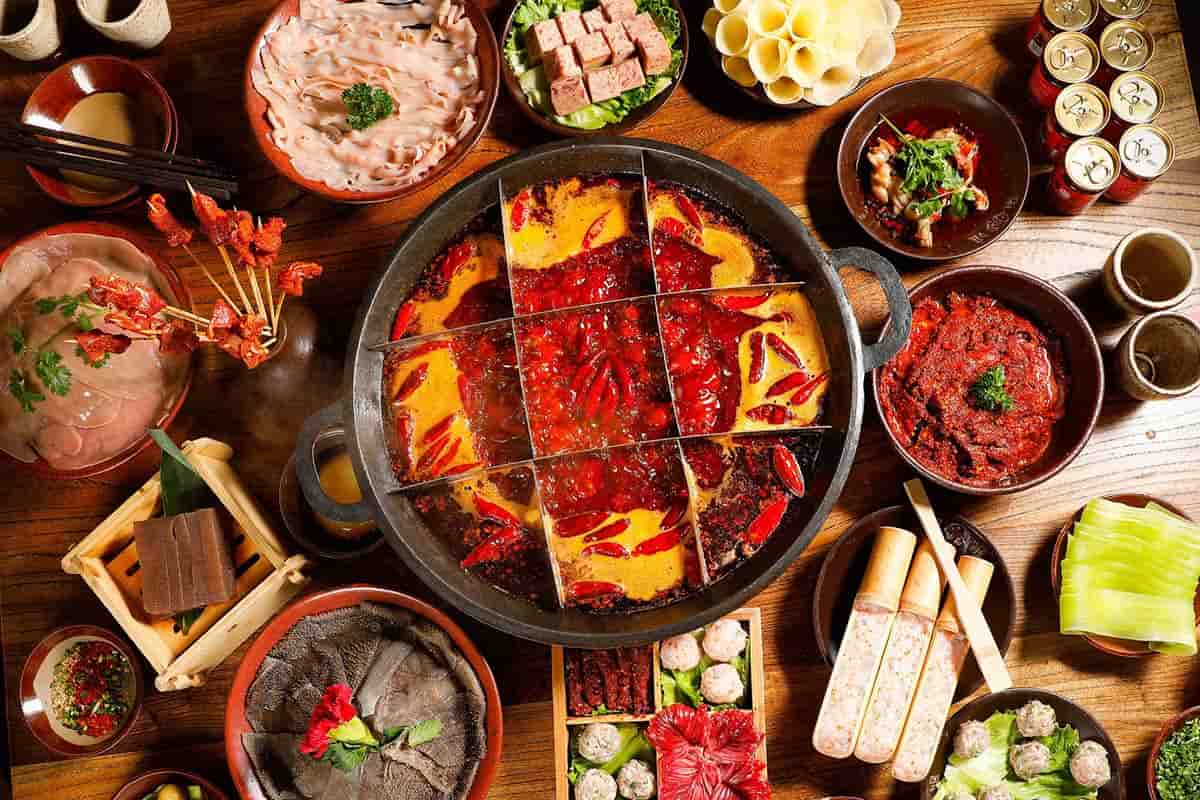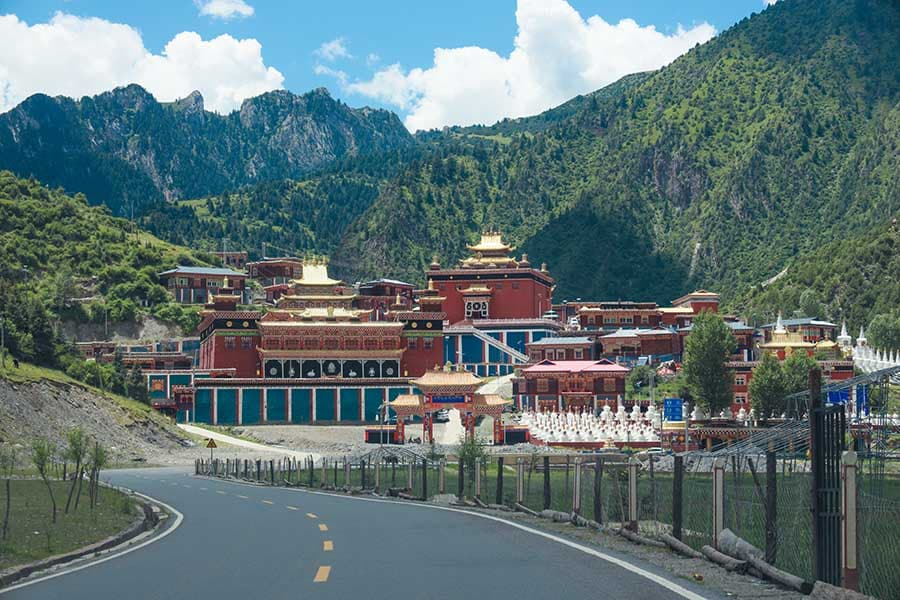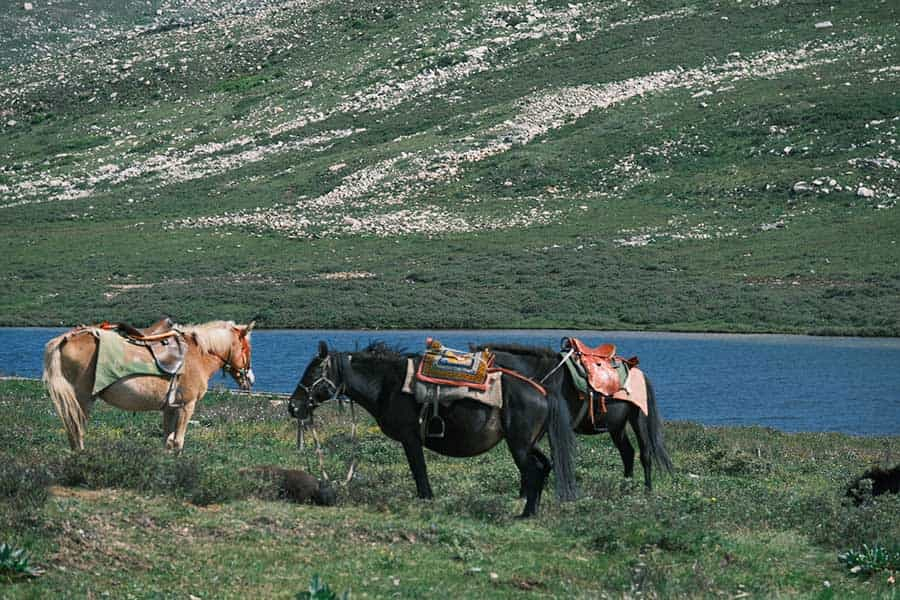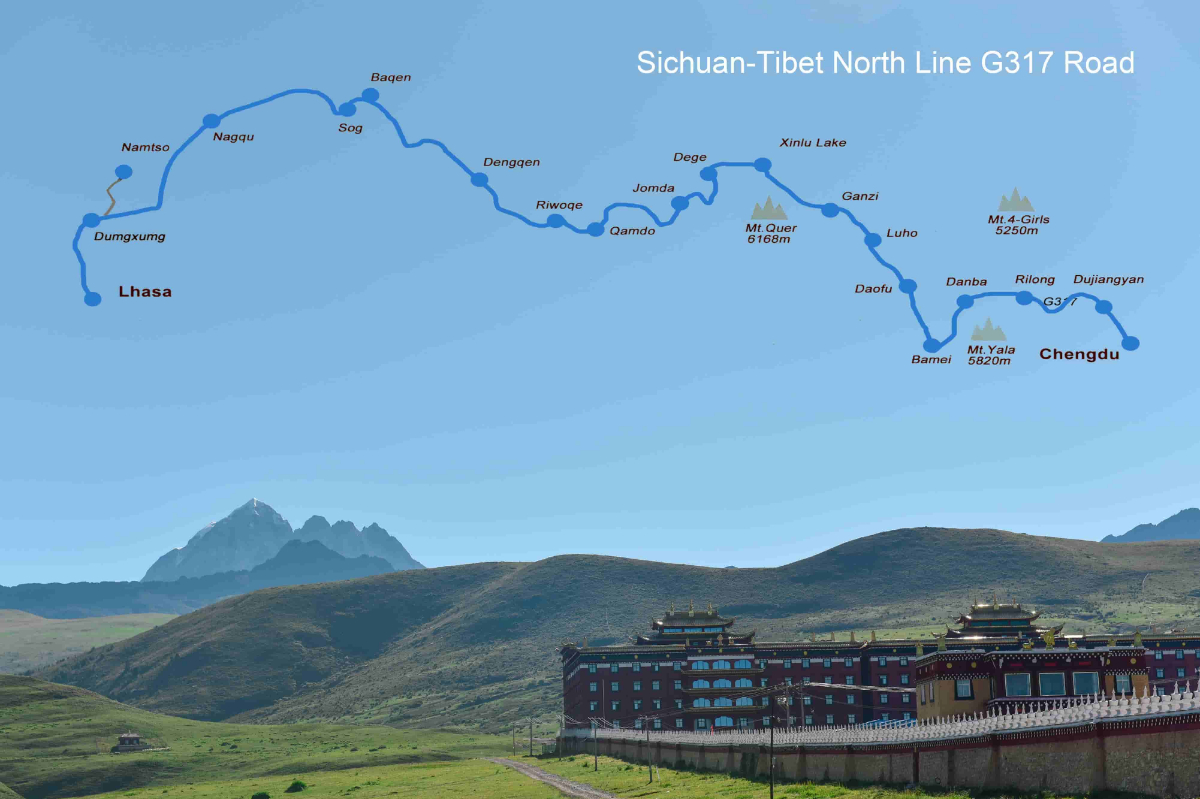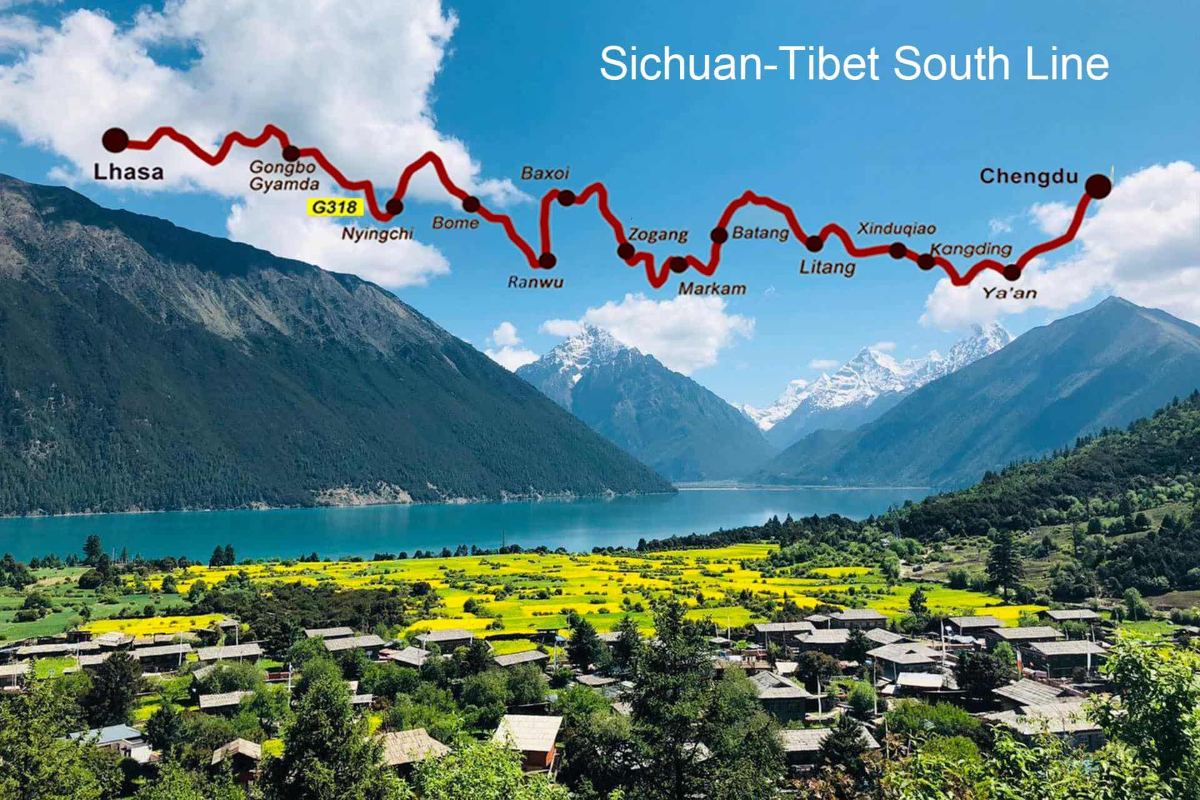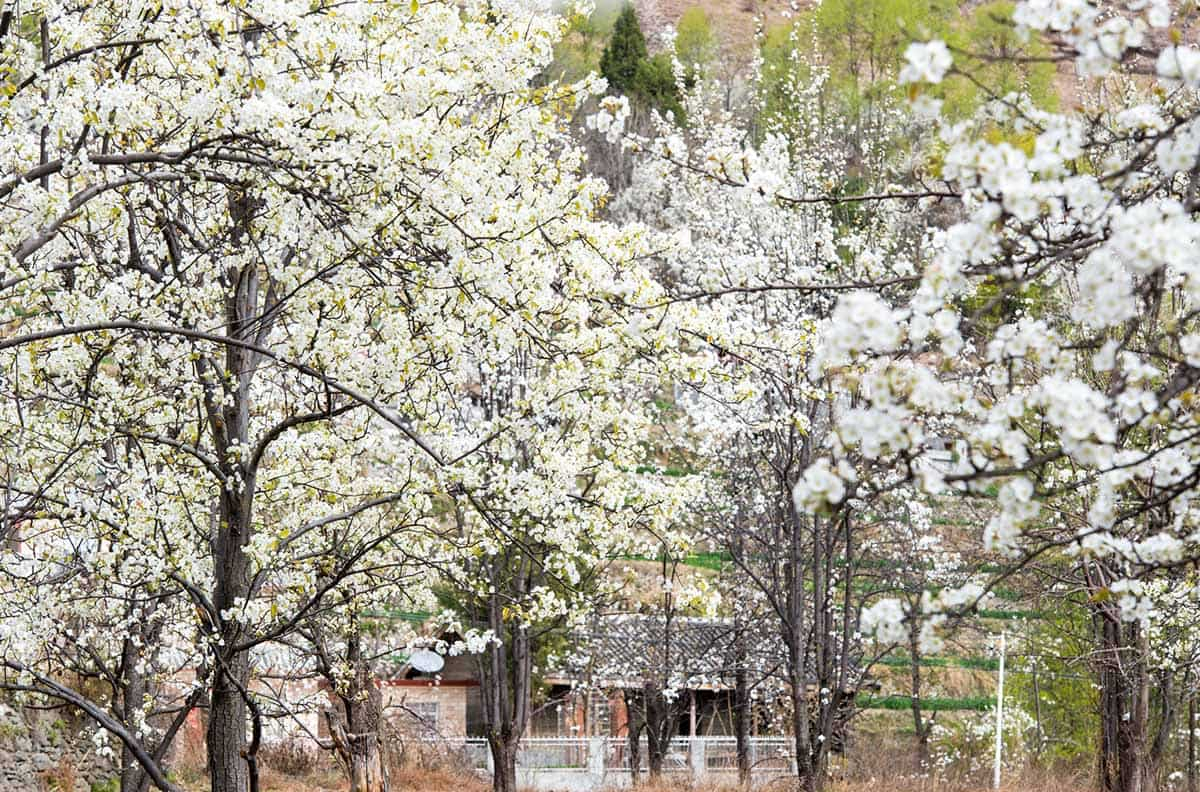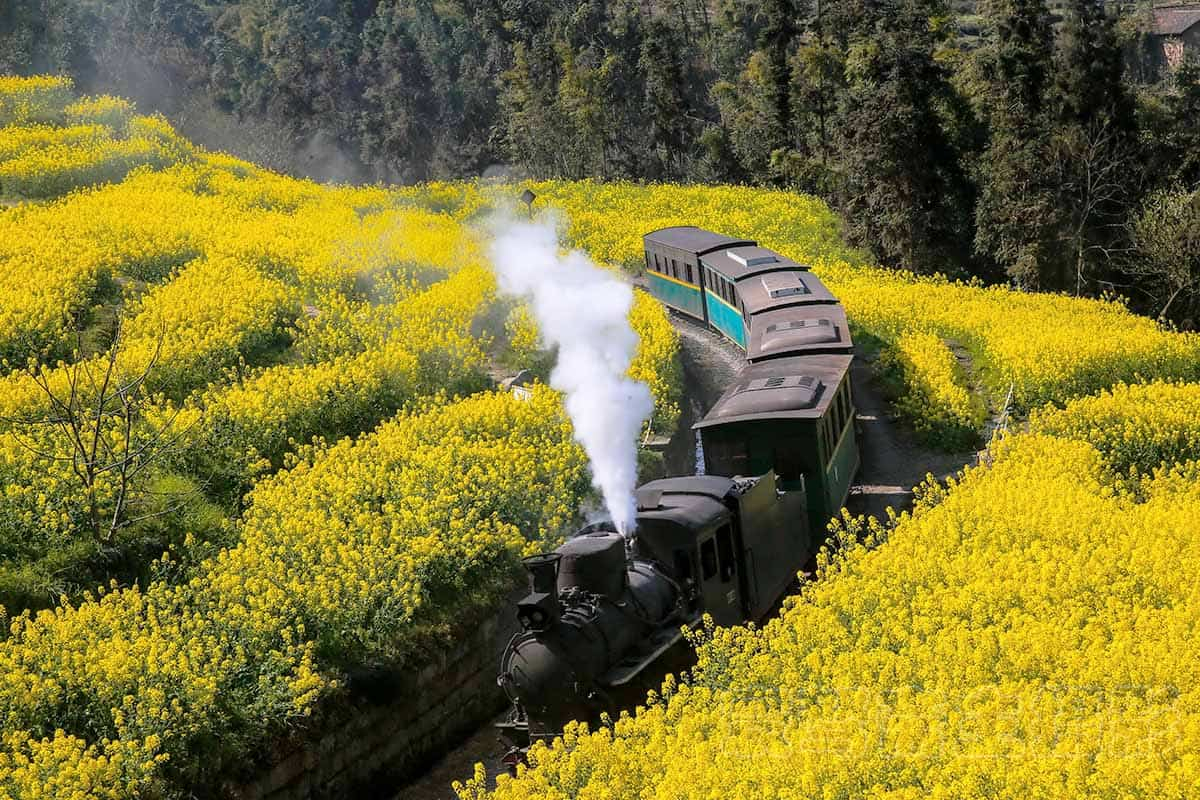The oriental Carnival Torch Festival in Southwest China
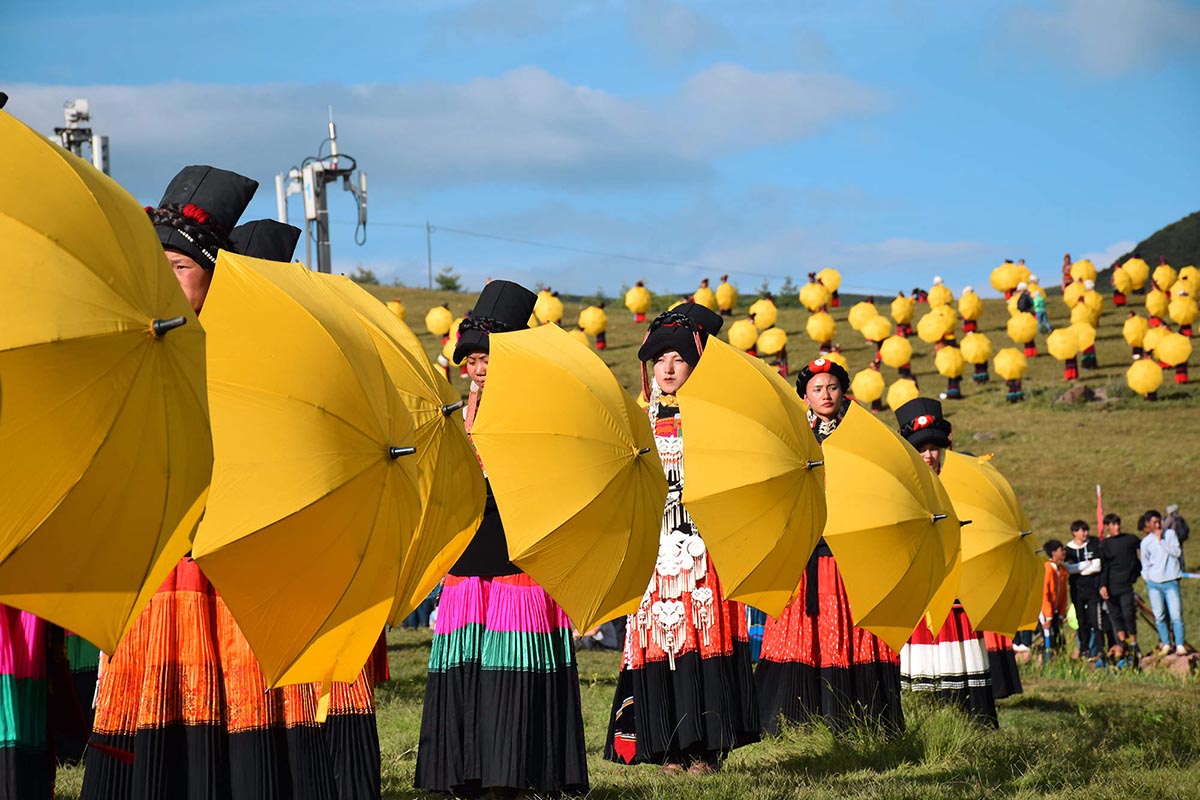
Torch Festival is a traditional grand festival among some ethnic groups, such as the Yi, Bai, Hani, Lisu, Naxi, Pumi and Lahu in southwestern China. It usually falls in early June of the lunar calendar or on the 24th or 25th of the month, with three days of celebrations. The festival features lighting up torches, hence its name. Torch Festival shows the worship for fire of the ethnic groups.
The original Torch Festival, according to some scholars, was based on a calendar used by Bai and Yi people in ancient times. The calendar included 10 months, 36 days in a month, and two Star Returning Festivals in winter and summer respectively. The two Star Returning Festivals were both considered the New Year, and the one in summer was called the Torch Festival as people often lighted a torch on that day.
● The origin of the Torch Festival
In ancient times, the Torch Festival was called Xinghui Festival. Different ethnic minorities had different sayings on the origin of the festival. For the Naxi, the festival commemorates a general from heaven who died in order to protect people’s grain harvests; the Lisu people think the festival was for welcoming Zhuge Liang’s expedition to the south, and the torch was to drive away the diseases and beasts on the way forward; the Yi people celebrate the festival to eradicate insect swarms and celebrate a good harvest; while the Sani people, a branch of the Yi ethnic group, believe that the festival is held to commemorate a Sani hero who burned the fiend with a goat horn. The fiend used to bully Sani people.
● Traditions and custom of Torch Festival
The Torch Festival is an event as influential to the Yi people as the Spring Festival is in the Han people's lives. For 3 days, men and women, young and old, carry flaming torches and engage in a variety of activities. This time is also a good opportunity for young men and women to meet prospective spouses.
During the festival, huge torches of tied dry pine and lightwood are erected in all the villages, with smaller torches placed in front of the door of each household. The torches are lit at nightfall, making the villages as bright as day. Young men and women sing and dance around the big torches that burn throughout the night. Other activities such as horse races, bullfights, archery, wrestling, tugs-of-wars and swinging are also organized throughout the festival, along with trade fairs and competitions.
The festival reaches its climax with the traditional torch playing. Young men and women each hold a torch. When they meet someone, they scatter colophony powder onto the torch fire and the flares blaze upward. It is believed that this expels whammy from their bodies. Then, the young people go to the farms and fields with the torch in the hope of eliminating pests. Near the very end of the celebration, people lay their torches on the ground and set them on fire. Now it is time for everyone to jump over the fire 3 times, one by one. They jump and pray to the god of fire for security and good luck. Finally, they go home filled with excitement and the 3-day celebration concludes.
This assembly is a good chance for young men and women to find their “Ashima” or “Brother Ahei,” paying particular attention to their costumes. Young women wear a stiff, triangular piece of fabric on either side of their headdress to attract the attention of young men. However, no young man should ever touch this ornament, or he will be forced to labor for three years at the girl’s home. On their wedding day, young women remove the two triangles and lay them flat on top of their heads to symbolize marital peace and happiness.When a young man chooses a certain young woman, he snatches away her embroidered belt. This practice can be traced back to the ancient Yi marriage custom in which the bridegroom pretends to kidnap his bride. If the young woman returns his love, she allows him to court her. If not, she puts on another belt, allowing the man to keep the one he had "stolen."
You Might Like
- HOTEST
- RECOMMEND

